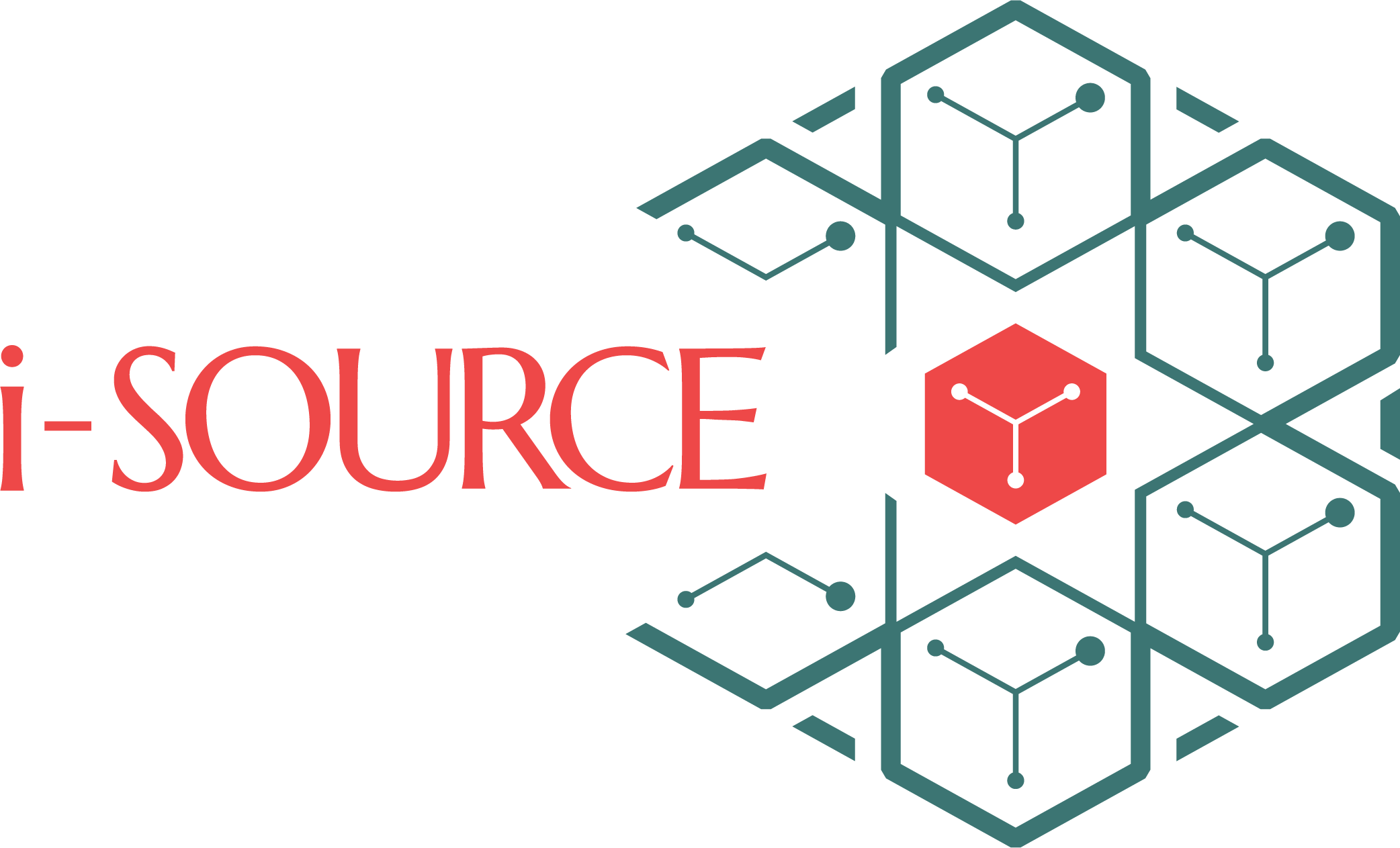Extract Most Value Out of Cloud Strategy – 2
In part 1 of this blog series, we touched upon ways to maximize returns from cloud investments. We hope we made it clear why organizations need to up their cloud game to stay competent. However, the journey towards being a cloud-first business is not just a technology objective that leaders can leave to the IT team. Indeed, cloud migration must be seen as a strategic business priority if results are to be fully realized.
The Stakes Are High
If not done right, cloud migration can indeed do more harm than good. For enterprises with a growing digital business, any mistake in the cloud migration journey can be a painful regret. Some of the major risks that enterprises may face with a poor cloud migration exercise are:
Increased Security Vulnerabilities
Migration involves a series of steps, and these may be a target for criminals to attack when the guard is down. From unprotected APIs to unguarded dev environments, the landscape of attack during the migration exercise is significantly higher.
Service Disruption
Modern digital channels are expected to provide uninterrupted service to customers. Any delays or disruptions can result in customers moving away due to dissatisfaction. If, by chance, any mistake happens in the migration process, then critical customer-facing services could be affected. This can be bad for the business.
Wastage of Resources
A poorly planned cloud migration exercise can cause excessive cost escalations and resource utilization. It can take a toll on overall IT budgets, thereby leaving little room for investments in other critical technology areas.
How To Achieve Success with Cloud Migration?
Now that you know why it is critical to have cloud migration done the right way, let us explore how to strategically plan and succeed with the migration exercise:
Prioritize Migration Entities
Okay, so you have decided to move your digital systems to the cloud. The first step in planning the cloud migration exercise is prioritizing who gets moved first. This means that you need to draw up a list of components or applications in your technology landscape. Then, you need to assign them an order of priority based on their criticality in ensuring a better customer experience. The main consideration while preparing the priority chart is to prevent any form of disruption to end users when the migration activity happens.
Hence, services that are likely to create interruptions to customers directly may be scheduled for migration at different time periods when usage is low. For example, they can be moved at times like the middle of the night in a particular market. Priorities may also be assigned based on how the existing technology in a specific component or application is able to accommodate the change to cloud deployment.
Identify the Right Migration Practice
For every component or application that is on your list for migration, it is important to figure out the right migration practice. Typically, applications could just be simply re-hosted in a cloud environment. Or they could be re-platformed by moving data and workflows into a new cloud platform.
In some cases, the migration exercise may involve retiring an application or component as it is no longer relevant in the business today. There could be instances where the application is retained in its existing state as an on-premises system with just its data supplied to a supporting or complementing system on the cloud.
For the migration activity to be successful, it is critical for decision-makers to identify and assign the right migration approach from the above for each component. Only then would they be able to optimize the cloud migration journey to ensure better ROI and seamless performance.
Also Read:
The Love-Hate Relationship Enterprise CIOs Share with the Cloud
Draw up a Cost Structure
As we had explained earlier, a poor migration exercise can result in severe cost escalations and wastage of resources. So, it is important to identify the scope of migration and plan for resource allocation in alignment with the demand.
For example, by determining the amount of storage or computing power needed for each application or sub-module, it becomes easier to manage costs. IT folks can provision only the required resources from cloud service providers to handle the demand for each module or application. This helps in keeping a tab on costs.
Similarly, the migration exercise can be planned with each team that handles different modules. This ensures that team members, tools, and other resources are allotted for specific migration activities only when needed and not locked in for the entire migration project.
Select a Migration Partner
Many a time, businesses whose core focus is not tech may find it hard to handle the complex intricacies of cloud migration. From vendor selection to provisioning of the right SaaS supporting tools, the technical challenges are plenty. Having to hire in-house staff at scale just for a migration exercise is not feasible.
What enterprises need to do is to seek support and guidance from a trusted technology partner that has experience with cloud migration. The criteria to evaluate here is to see whether a prospective migration partner has successfully delivered results on migration exercises at scales expected in your business and in your domain of expertise.
Cloud migration is a strategic journey that businesses must undertake when they have fully understood the end-to-end prospects and consequences. Making mistakes can be unforgiving. Hence, it is important to get your migration exercise done right in the first attempt. This is where a knowledgeable partner like i-Source can be your biggest asset. Get in touch with us to know more.

